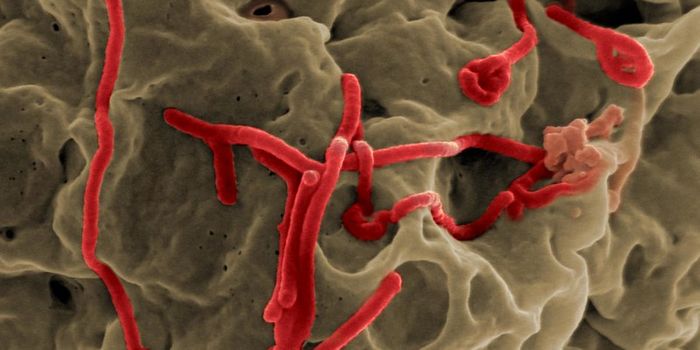Wearable Technology Inspired by Starfish
A study published in Science introduces a starfish-inspired wearable bioelectronic system that represents a breakthrough in real-time, high-fidelity heart disease diagnosis. The device, designed with a pentaradial configuration resembling a starfish, allows for multimodal biosignal acquisition while a person is in motion—an area where many conventional wearable devices fail due to motion-induced artifacts.
The wearable collects three key types of cardiac signals: electrocardiogram (ECG), seismocardiogram (SCG), and gyrocardiogram (GCG). These diverse modalities allow it to capture both electrical and mechanical aspects of cardiac activity. When integrated through machine learning (ML), the combination of ECG, SCG, and GCG signals enables far higher diagnostic accuracy than any single input alone. In tests, the device achieved over 91% accuracy in classifying heart health status across various conditions, including atrial fibrillation (A-Fib), myocardial infarction (MI), and heart failure (HF).
The wearable enables continuous data collection, with over 20 hours of signal data used for training and evaluation. The researchers employed several ML models—transformer networks, decision trees, random forests, and feed-forward neural networks—to interpret these complex signals. Among them, transformer-based models showed the best performance, as seen in the precision-recall curves. Confusion matrices reveal the classifier’s strong ability to distinguish between healthy signals and each type of heart disease.
The device itself is designed for usability and scalability. It’s thin (~105 µm), flexible, waterproof, and wirelessly powered—an optimal configuration for long-term daily wear. It also supports edge computing, allowing real-time feedback and classification to be displayed directly on a connected smart device. This makes the system ideal not just for clinical settings, but for personal, at-home health monitoring.
Constructed using a flexible printed circuit board (fPCB), the arms of the device use encapsulated copper traces and PI layers to ensure environmental resilience. Conductive and nonconductive biogels are used to secure the device to the skin and maintain consistent contact without irritating the user. These gels are tailored for antibacterial properties and thermal responsiveness, enhancing both performance and user comfort.
The study also included extensive human trials, conducted ethically under Institutional Review Board approval in the United States and China. Healthy subjects and patients with known cardiac conditions participated in data collection, ensuring the dataset included a variety of real-world physiological signals. For motion recognition, another transformer-based model was trained using over 57,000 seconds of data, confirming that the wearable can distinguish between different physical activities—critical for context-aware diagnosis.
Ultimately, this starfish-like wearable device exemplifies the future of soft bioelectronics. Its design and function are rooted in bioinspiration and grounded in rigorous engineering, material science, and machine learning. It delivers on the promise of wearable health technologies by providing reliable, continuous, and non-invasive diagnostics outside traditional clinical environments. As heart disease remains the leading cause of death globally, innovations like this have the potential to radically transform preventive care and empower patients with real-time, accessible health monitoring tools.
Sources: Science








